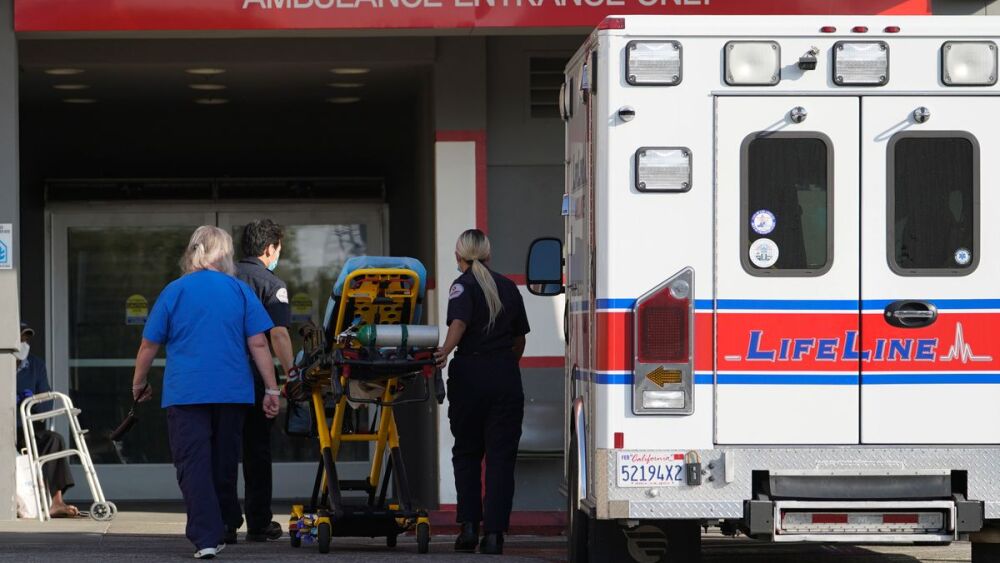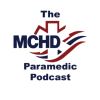We often try and do our own MCHD Mythbusters here on the MCHD Paramedic Podcast. One topic area that’s ripe with myths and dogma is emergency burn care. Burn management has changed drastically over the past 20 years but some of the old mantras have definitely persisted.
We’re going to go back to the burn basics then fill in the gaps with current best practice updates. Join the podcast crew as they provide updates on burn staging, fluid resuscitation and wound care. This episode will keep you from getting burned with your next burn transport.
We discuss:
- Inhalational burns
- Slam dunk warning signs: Facial burns, stridor, hoarse, hypoxia, dyspnea
- Concerning signs: Black sputum, singed facial hair
- Old “degrees” are now replaced with superficial, partial thickness, full thickness
- Titrating fluids
- Pain control
- Secondary survey – consider CO and CN
Read more:
How burn patient treatment and destination are affected by severity
Use this guide to determine when to activate air EMS and transport to a level 1 burn center




